Last month, a cross-section of the European digital product creation (DPC) community made its way to Munich for what was to be the largest summit that the European team at CLO have hosted to date. (The 3D vendor also holds similar summits in the USA and Asia, on different scales.)
As the host and moderator for the full-day event, and as someone who’s now spent more than fifteen years thinking about and analysing DPC, I was squarely in the middle of that cohort. And as the host and moderator for the entire summit, I also had the opportunity to be reminded first-hand of just how diverse, how committed, and how passionate the extended 3D community has become – especially in the last five years or so. I also had the chance to stand, simultaneously, inside and outside the structure of the Summit, and to consider how the discussions and debates being had, on-stage and off, fit into the wider context of industry transformation and a simmering tide of tech hesitancy where deeper investment in digital product creation is concerned.
To that end, I’ve been mulling over the key themes from the summit over the last month, but the launch of the official recap video earlier this month- embedded below – served as my reminder to get down some thoughts about what it actually means, in 2025, to bring together, educate, and design solutions and services for a community on that scale, and with that many different specialisms represented within it. And what the broader outlook for 3D and DPC strategies, and how the importance of those respective roles within it, might be shifting.
All-in, I’m told that more than 300 people arrived at the Bergson Kunstkrafwerk for the summit. As remarkable as that kind of attendance for a single-vendor, single-category event is, the building itself was probably even more noteworthy. A slab-sided, imposing former power plant, Bergson is typically home to concerts, art exhibitions, and other cultural events, and both legacies were evident everywhere from the architecture to the A/V setup. An imposing place for some big conversations, in other words.
I fall into this trap myself, sometimes, but it can be tempting to think of 3D as being a tool, an ecosystem, and a community primarily catering to brand designers and their teams. We talk about the “3D designer” as both the creative spark and the workhorse for a segment that’s actually made up of a deeply diverse set of specialisms and focuses.
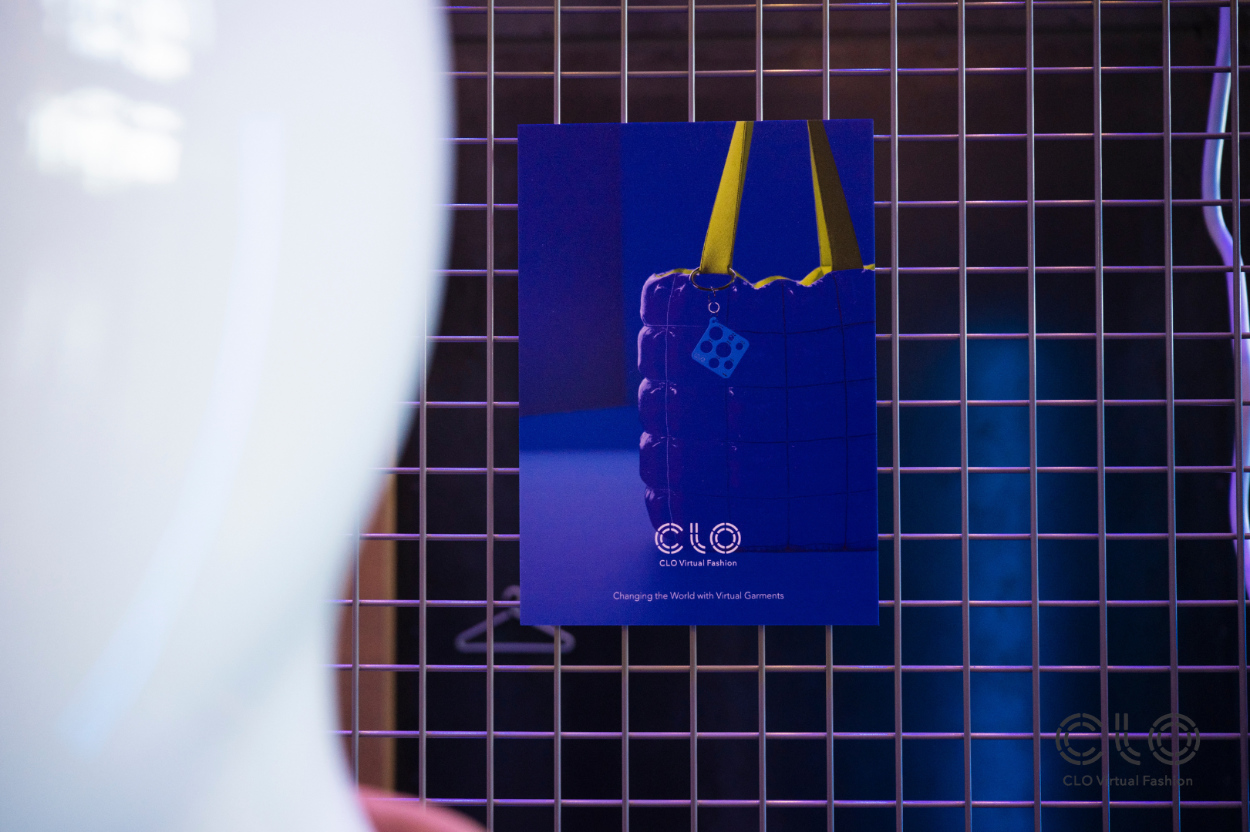
Of the 300+ attendees at the summit, there was certainly no shortage of brand representatives in those kinds of product creation and development roles; more than 100 brands had sent experienced and senior members of their DPC teams, including H&M, Marks & Spencer, Zara, Ikea, Lacoste, Armedangels, BERSHKA, and many more.
For the first time in its history, though, this year’s summit was also open to the wider DPC community. This included some of the individual freelancers, independent designers, and creators who are driving so much content, education, and engagement across the grassroots 3D community. And alongside that cohort were educators from leading institutions like the London College of Fashion, and Amsterdam Fashion Institute – just a couple of the international spread of colleges and universities that have made 3D into optional, integral, or even mandatory parts of their curriculums.
Anyone, like me, whose professional LinkedIn feed contains a lot of 3D debate, design work, and discussion, will have seen these different communities coalescing online. The algorithmic internet, after all, is a melting pot by design. But it’s comparatively rare to see the biggest brands in the world rubbing physical shoulders with individuals who are using the same tools to create very different aesthetics, as part of cutting-edge pipelines and workflows, or to push the kind of experimentation in aesthetics that rarely makes it into real, marketable products. This bringing-together of the different folks who represent the real extent of the DPC community was an unambiguously good idea.
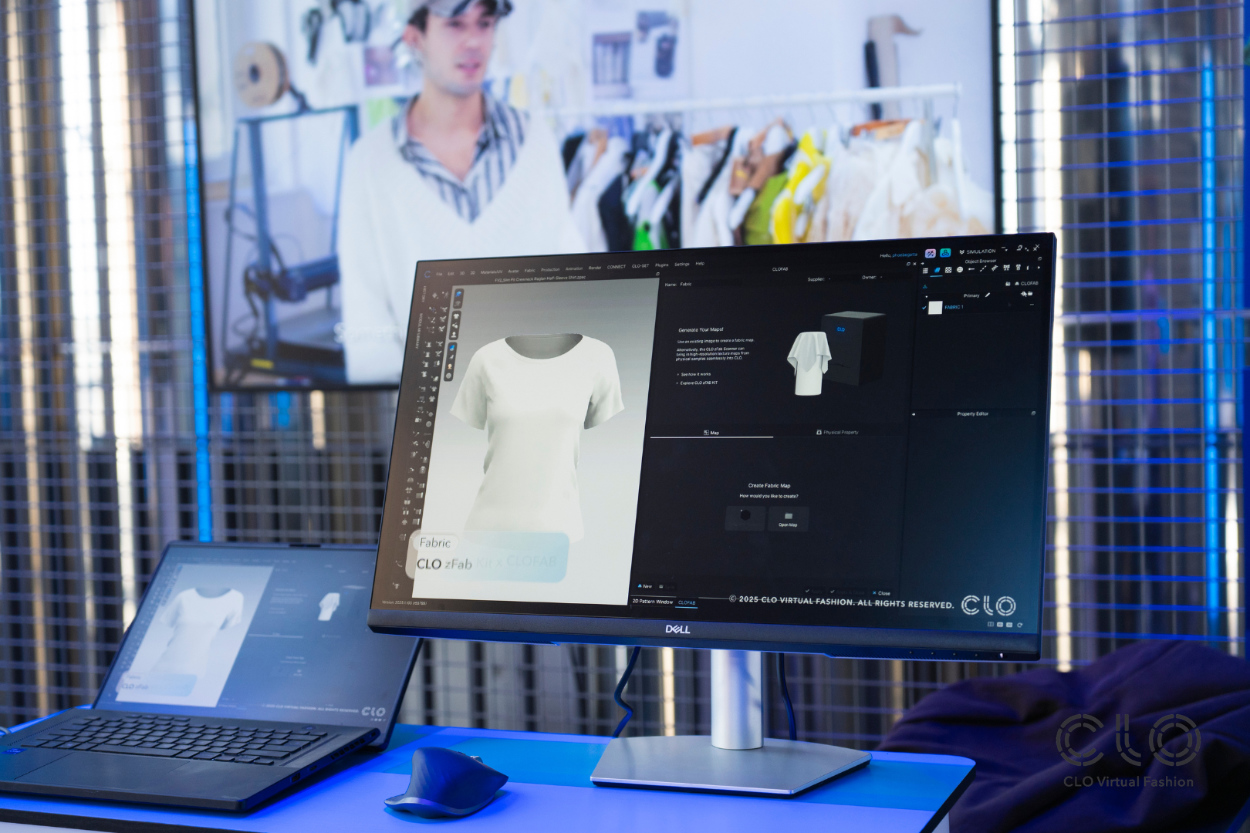
The Summit also put those two audiences in the same room as gigantic technology companies like Epic Games and Adobe, and other members of the CLO Ecosystem Partner Programme such as DMIx and Humanetics – all of whom had a presence in the dedicated exhibitor space at the summit. And this was excluding the partners who featured in live stage sessions, including EnhanceThat, INDG, and the recently-acquired Swatchbook. The technology community, too, was out in full swing.
But what does this wider and more inclusive lens on the 3D community actually represent? Is the idea of bringing more people into the same physical space at the same time any kind of barometer for how DPC as a whole is reflecting on itself and evolving? And how would those same attendees respond to a debate that, sometimes at least, feels as though it’s moving in one direction, steered by one audience and a few dominant technology players? Bringing more people into the same room will always spark wider debate, but it doesn’t, after all, guarantee that all those perspectives will be equally represented in how the technology ecosystem actually develops.
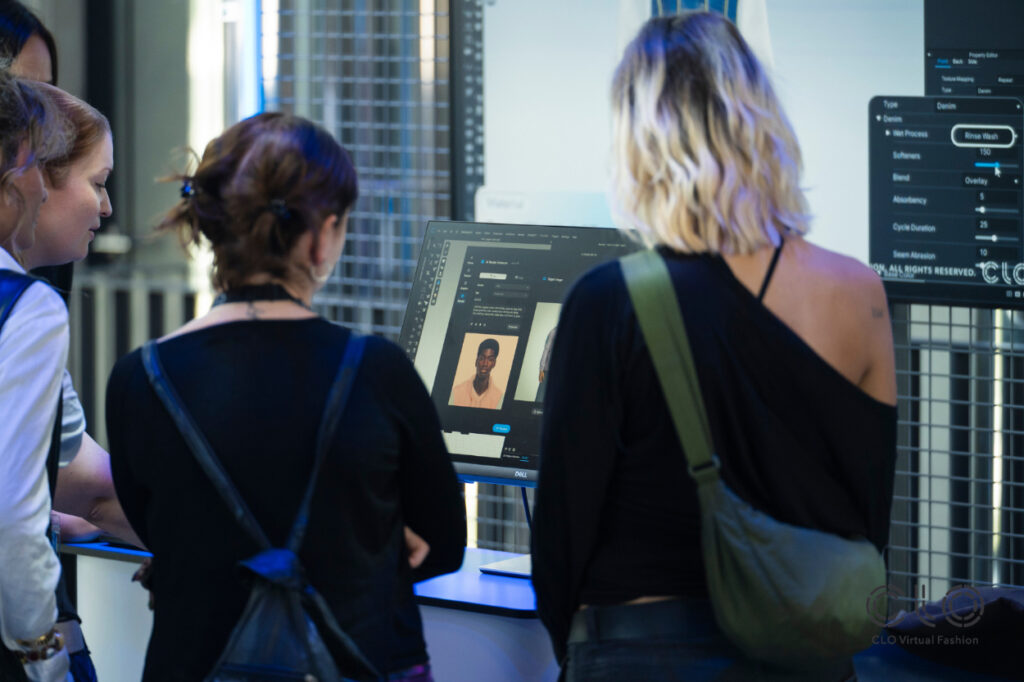
As long-time readers of The Interline will know, our DPC Reports have become a big fixture in industry conversations for the last few years, and at least part of this reach and impact has been due to the different perspectives that combine to create them. As much time as I’ve personally spent documenting the journey of 3D for fashion, and as much effort as our own team puts in, there are countless industry experts with more experience, alternative perspectives, and unique priorities – and being able to bring those different perspectives into a single publication has been, I think, why audiences have made those reports so popular.
That means that this is a debate we also have, annually, internally.
Giving a platform to different perspectives should, in theory, be the most tangible opportunity there is to feel the entire industry’s pulse and to then align the development of solutions and services to it, but year over year it’s currently hard to measure how those different contributions are reflected in the progress the industry actually makes. And for both The Interline and CLO, this kind of reflective benchmarking should be an ambition for the future, and something I’d like to see added to the agenda for future events.
As it stood, though, the on-stage portion of the day was, by its definition, more of an opportunity to talk to the community than to listen to it. But judged on those merits, I think there was a lot to get across, and the format leant itself pretty well to capturing different vantage points on where the industry is headed.
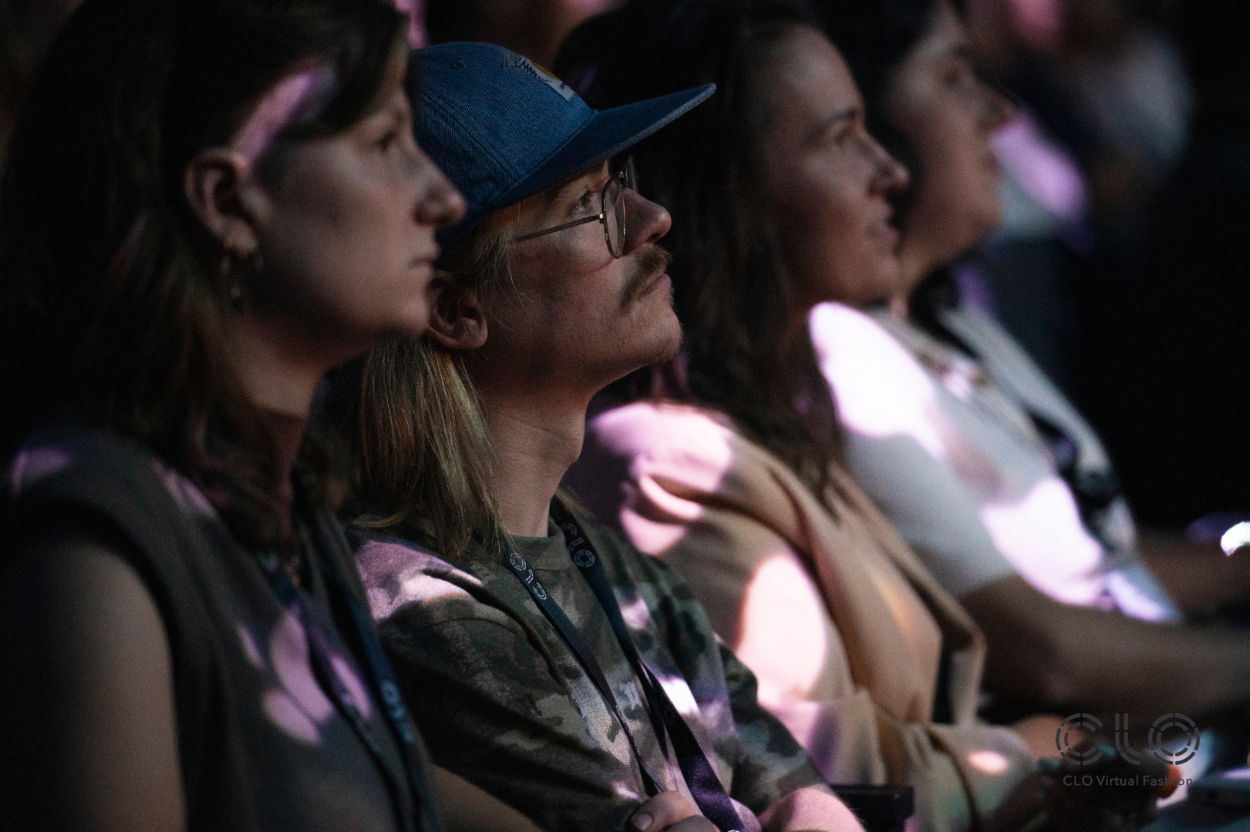
After a handover from Katja and Manuel from the European CLO team, I had the privilege of kicking that multi-perspective tour off, which also gave me an opportunity to look back over the changes that have taken place in 3D over the last fifteen years: the growth and diversification of the community, the maturity of the tools, and the consistency of the vision for a 3D asset to serve as the most complete, accurate encapsulation of the product it represents, with beneficiaries throughout the extended product journey.
I then handed over to Simon Kim, CLO’s CEO, who was returning to Europe to provide an extended run-though of the development of the platform, his perspectives on 3D as the foundation for AI initiatives, on the future of what constitutes a “garment,” and the ongoing commitment for CLO’s product roadmap to be driven by the real needs of enterprise and individual users.
After Simon, two speakers from H&M (Sean Barbour and Fritz Rometsch) provided a candid look at the group’s journey with 3D, including their own perspectives on what it means to support a multi-brand community through a multi-stage transformation journey, and what’s likely to come next in their vision to push the frontiers of digital product creation capabilities.
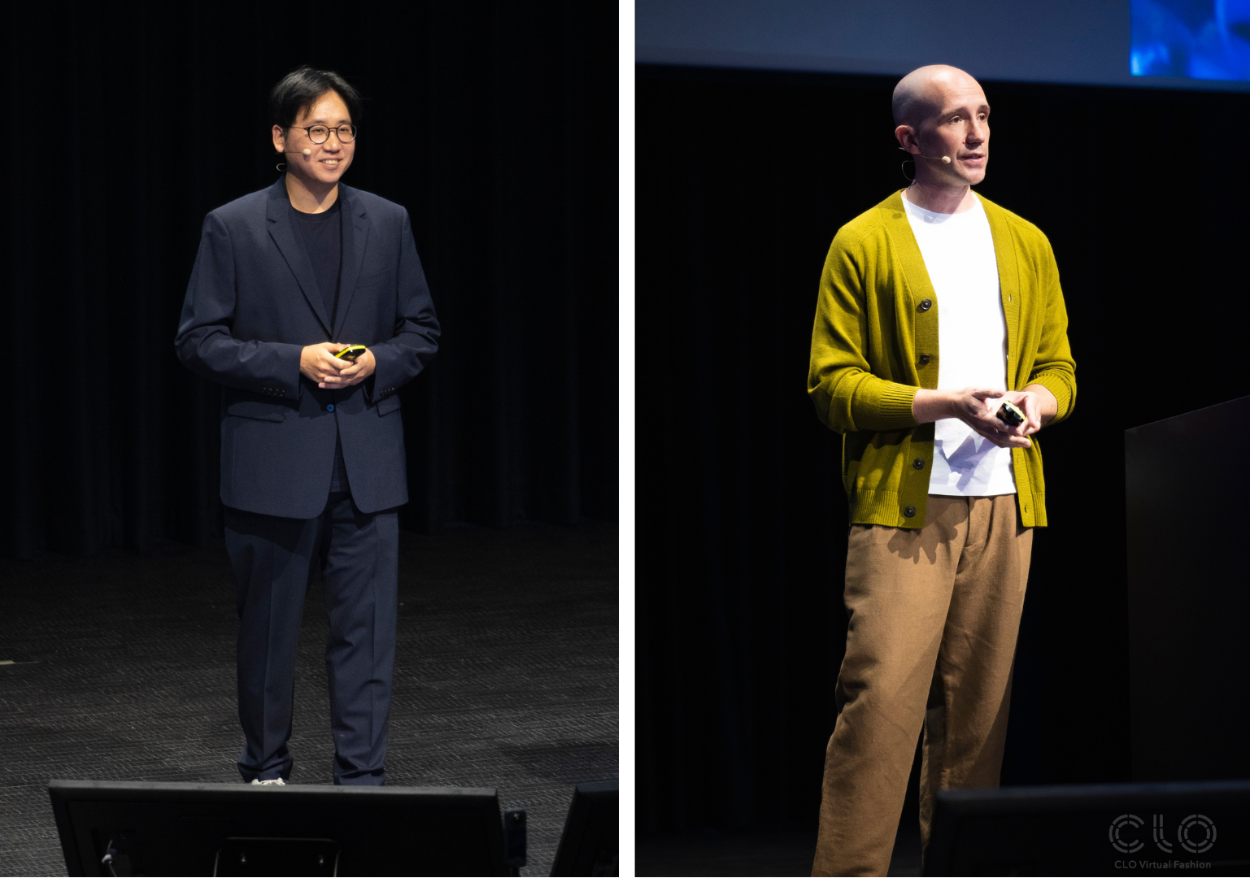
Then Dominic Sluiter from EnhanceThat gave a short presentation where he examined common roadblocks and challenges to scaling DPC workflows, and ways to formalise, structure, and automate processes and relationships in a way that makes the benefits of 3D accessible to the widest possible range of different companies and users.
Following Dominic was Mohammad Amir from Interloop, who has previously written about the supplier’s perspective on pushing the limits of digital product creation for The Interline, and who took the opportunity to talk about the importance of 3D in connecting vendors and their brand partners.
Immediately afterwards, he joined a panel – hosted by Natalie Petzendorfer and Tracy Yeung from CLO – alongside representatives from Marks & Spencer and GMS, who together pulled further on the thread of brand and vendor collaboration through 3D.
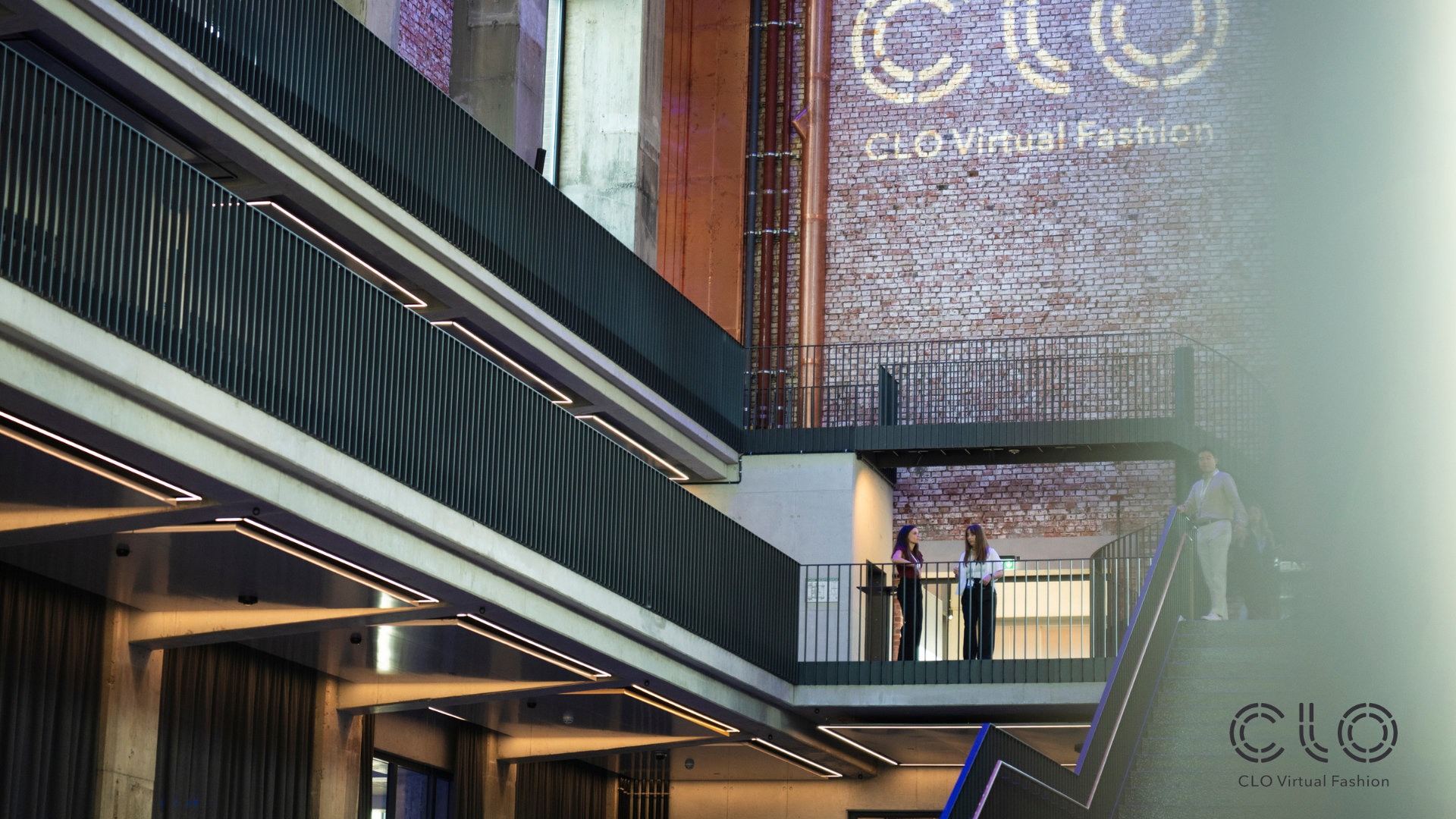
After a break for speed networking and short-format “Lightning Talks” (which I unfortunately didn’t get to observe) I then led a separate panel, where I had the privilege of bringing in speakers from major brands, including Adidas, H&M, and Bershka, to talk about what it means to scale digital product creation strategies from a foundation of technical pattern accuracy.
We then handed over the stage to Bastiaan Geluk and Elly Pan from INDG, whose presentation focused on the content and storytelling power of 3D, but also served as a reminder of how strong the hooks are between B2B and consumer-facing content creation and the tools used in 3D design and development.
The summit drew to a close with a presentation from CLO Founder Jaden Oh, who spent time looking back at the evolution of the software, and also charting the forward roadmap. But before everyone vacated the stage, I joined Jaden and the CLO educational team to help present the two Rising Talent Awards (in technical and conceptual categories) to students who had made it through the voting process and emerged as winners from a pool of close to 80 nominations.
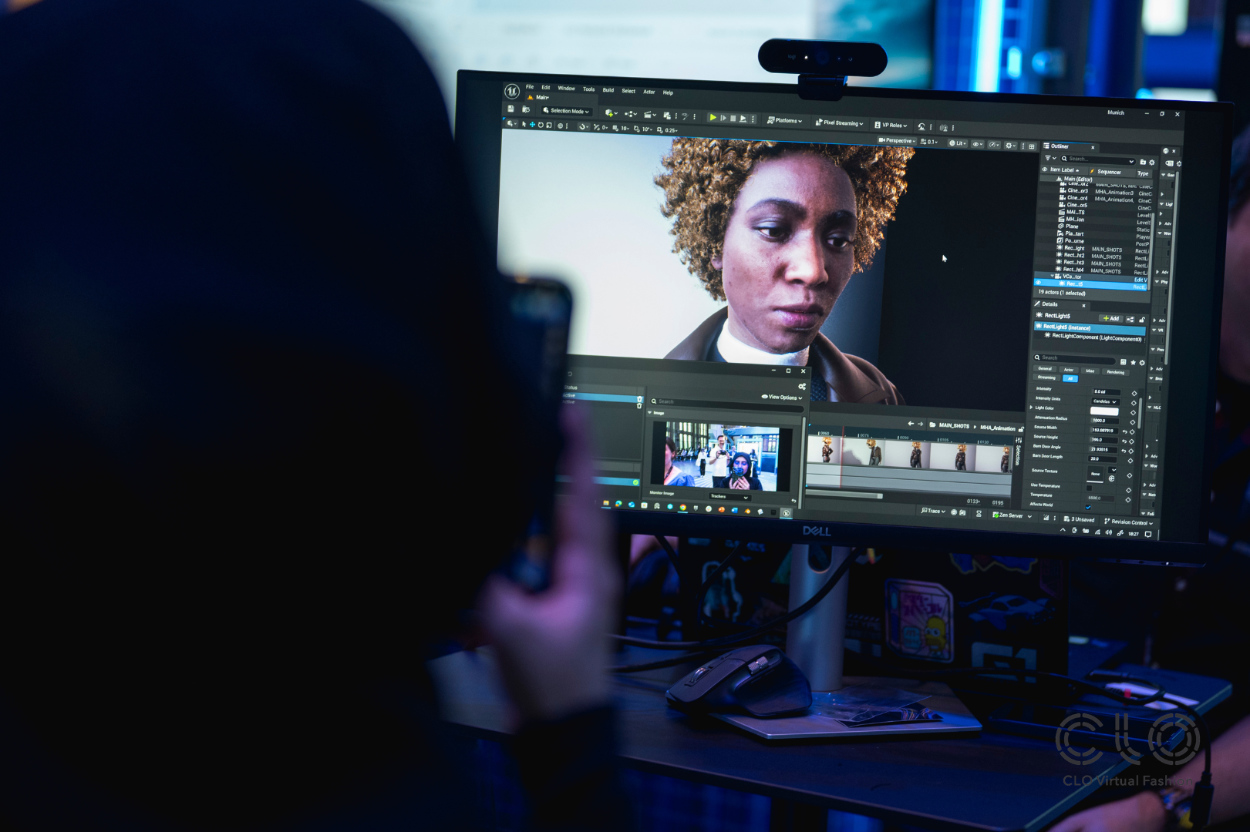
Thinking about how all of these vantage points come together, it’s clear, as we approach the end of 2025, that the future for DPC undergoing some changes, and it’s essential to remind ourselves that the success of those changes will be driven by the people who use (or don’t use) the technology available to them. “Ultimately, our focus will always be on empowering users, ensuring that the Summit is a space where their voices and experiences take center stage,” was how Simon Kim put it. And while I think this summit was the right forum to capture a broad sentiment, there’s still plenty of space to explore when it comes to a more granular breakdown of what the extended fashion community wants from its digital tools – and especially where those tools will cross over and diverge from the possibilities presented by AI.
On that basis, there will be more to hear from CLO and from the extended DPC community this year – not least in our own DPC Report 2026, due out in December 2025 – but I also hope to get the opportunity to attend next year’s European Summit. Because I think 3D is heading into some very interesting places (with AI along for the ride), and based on this year’s event, I believe there’s an opportunity to go deeper in 2026.
